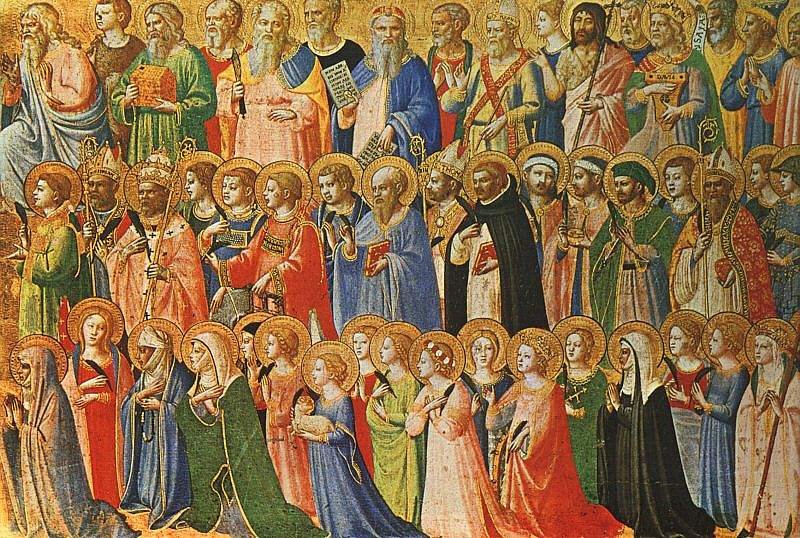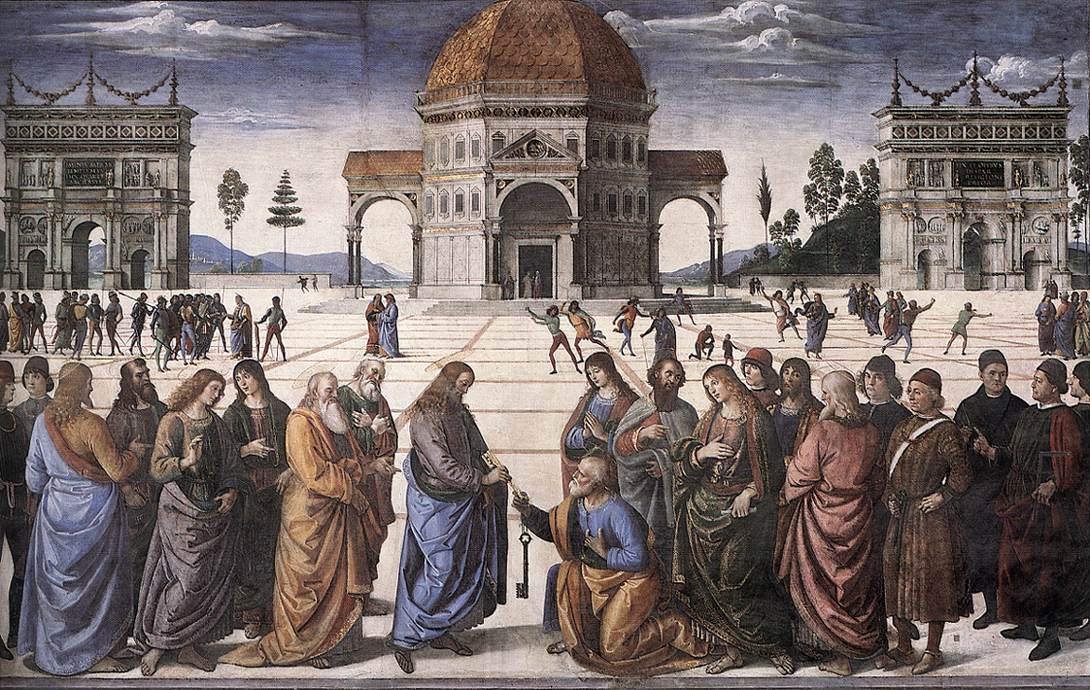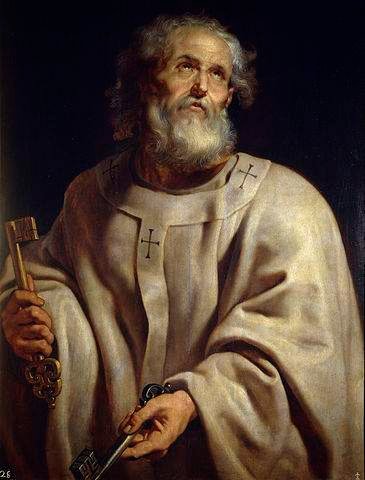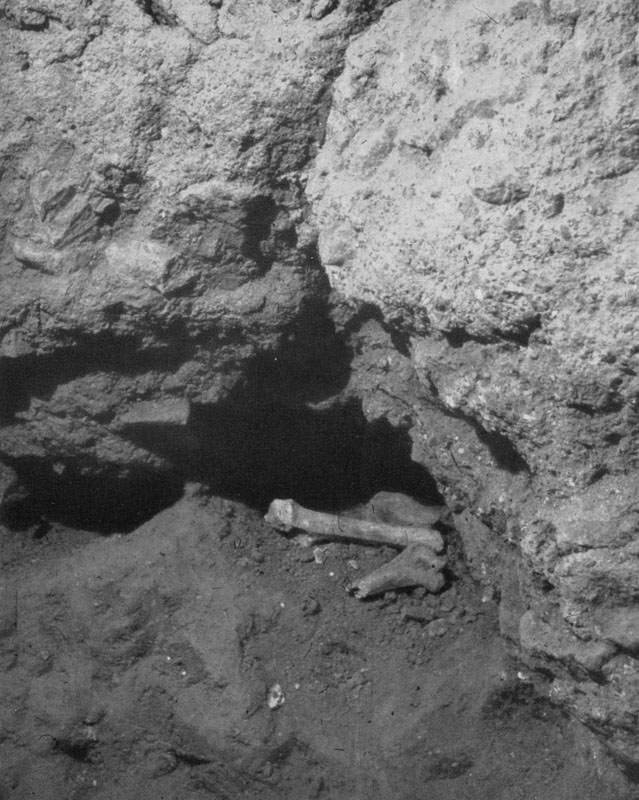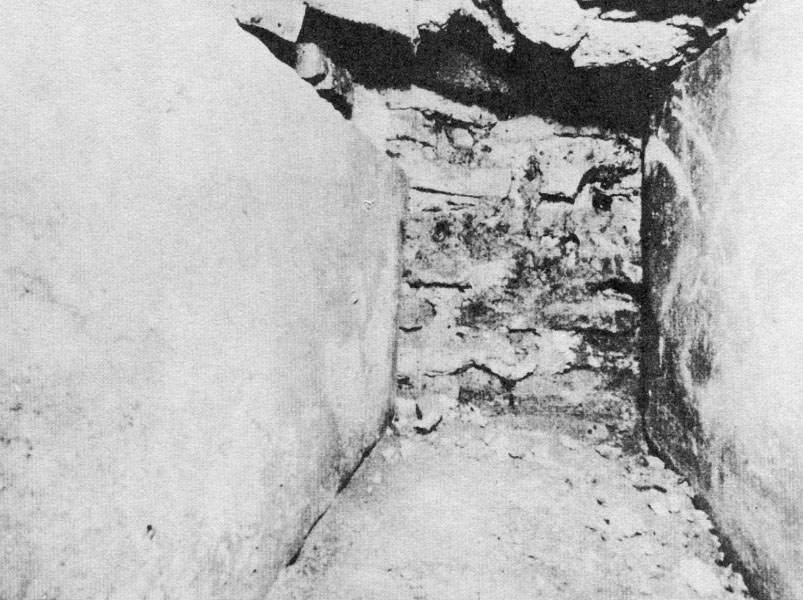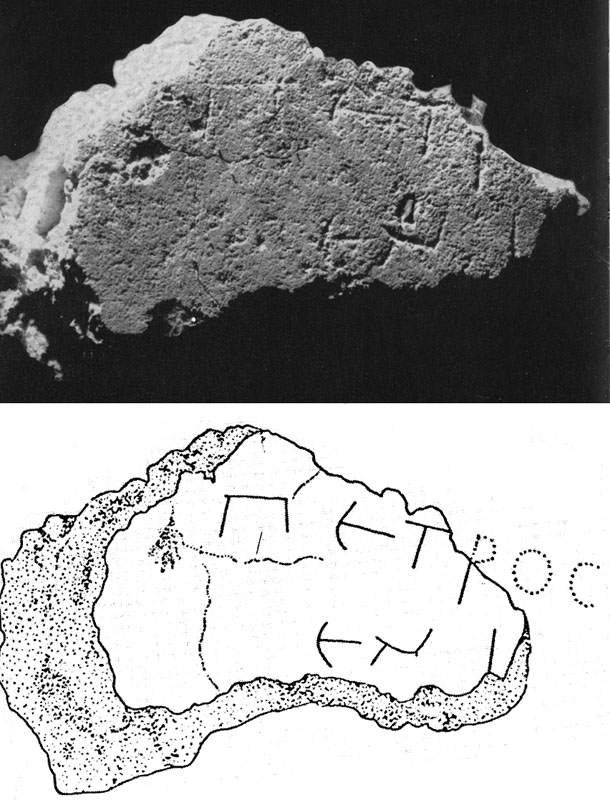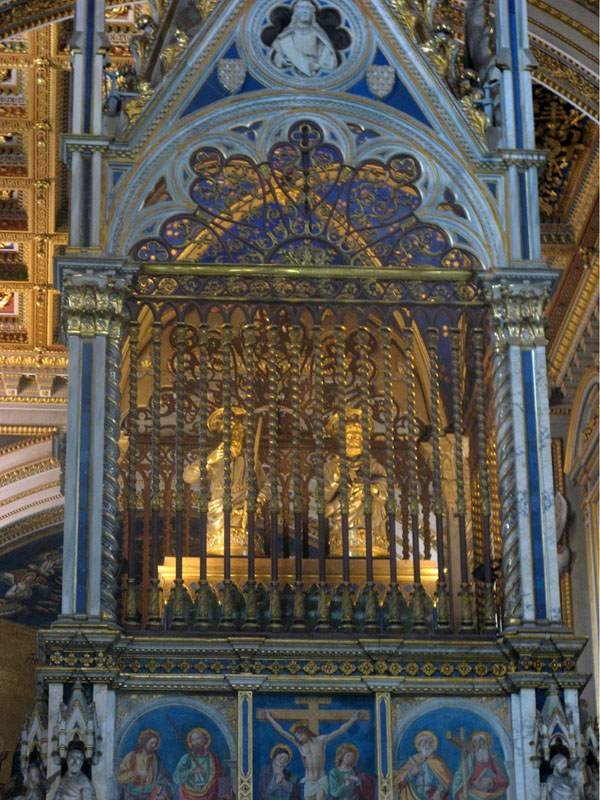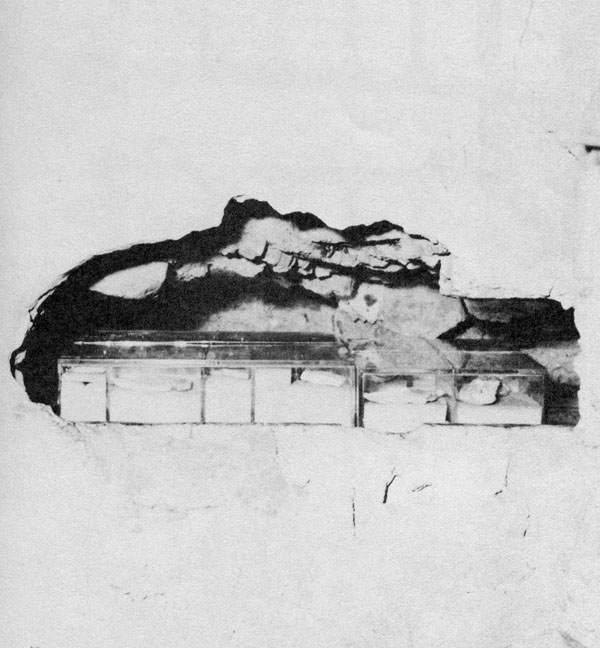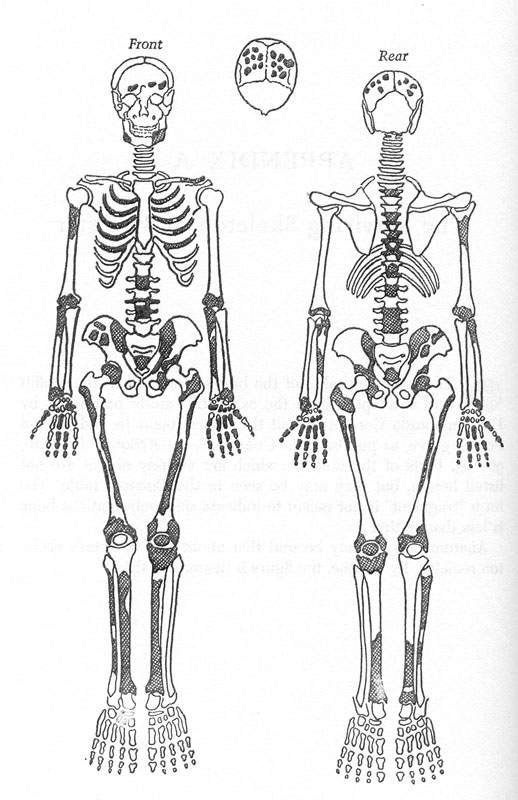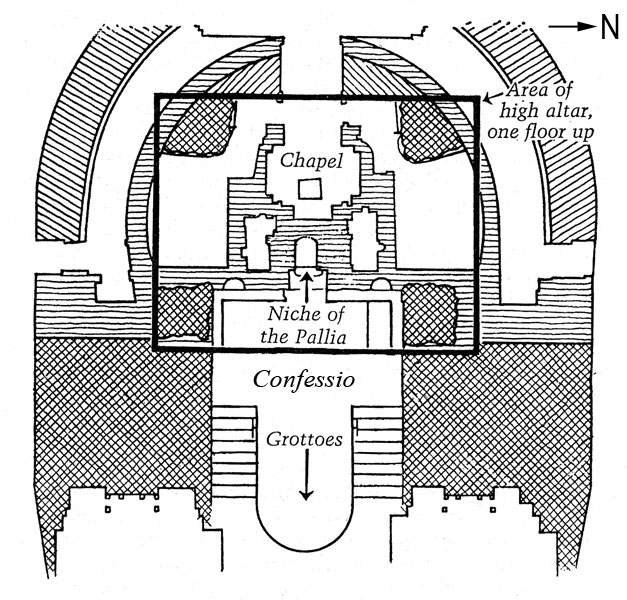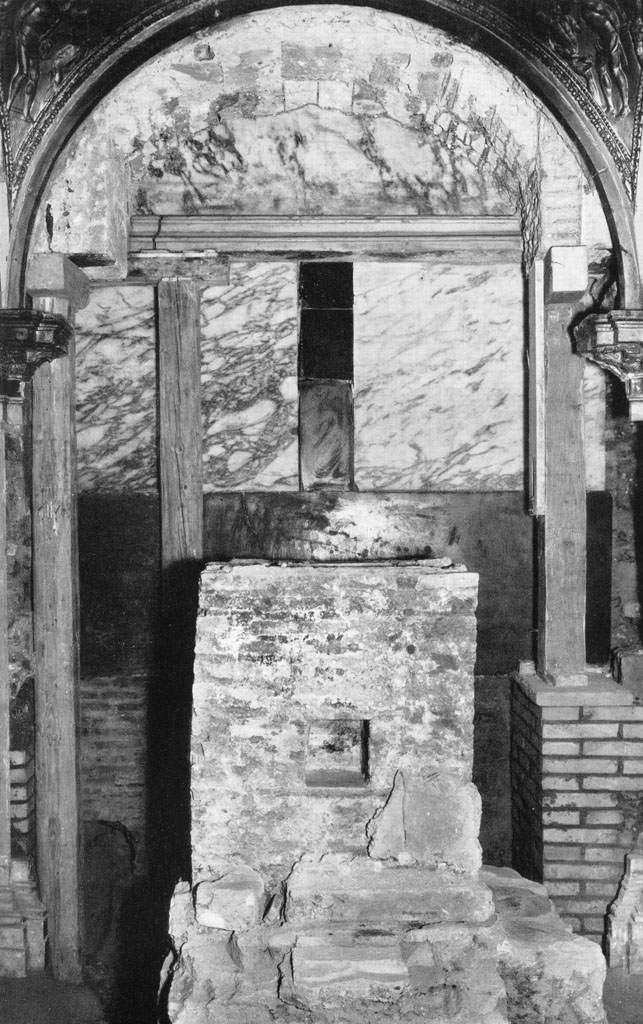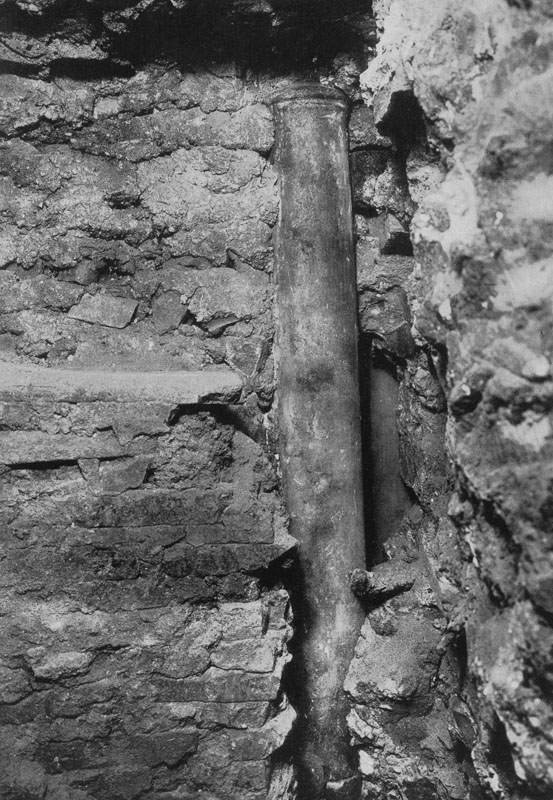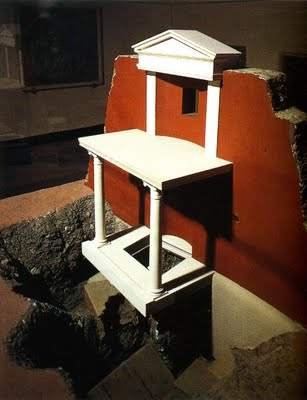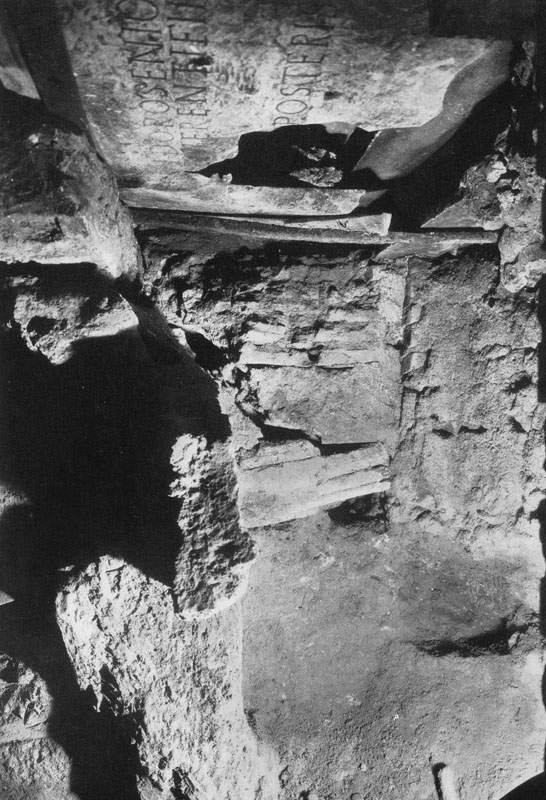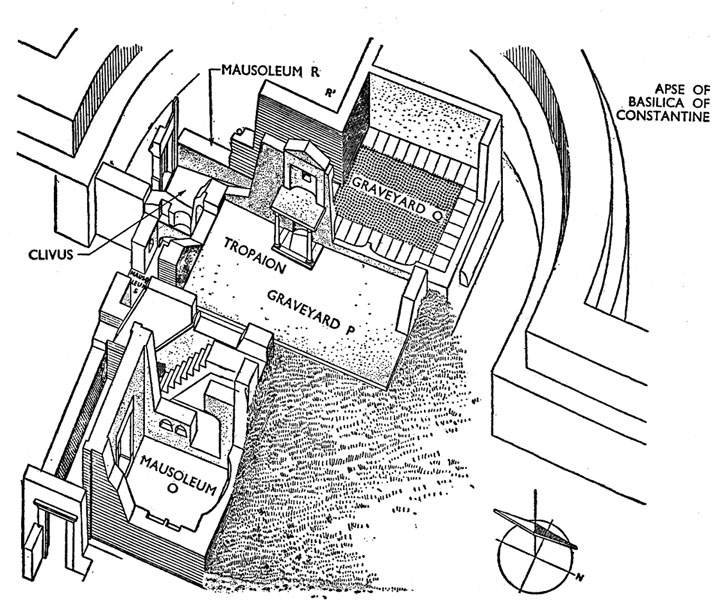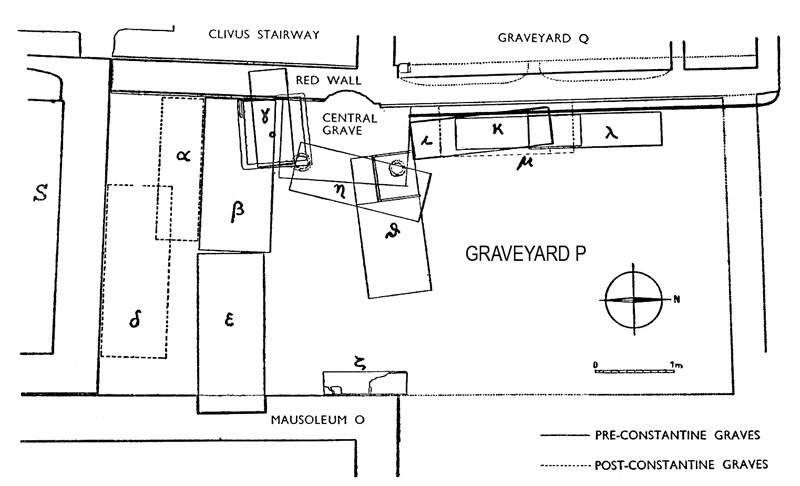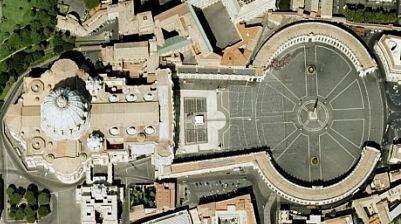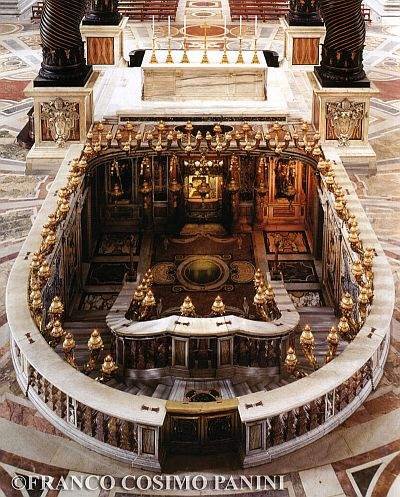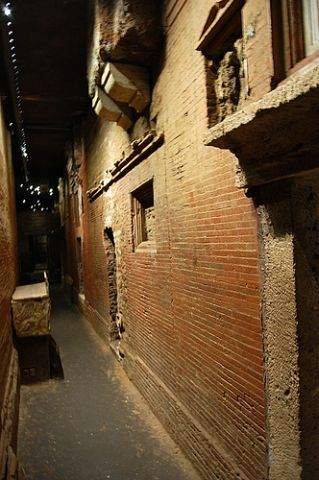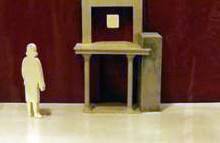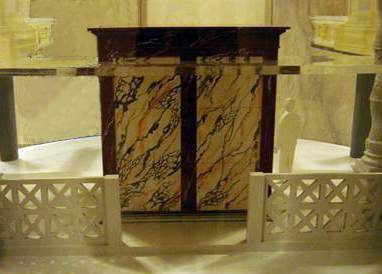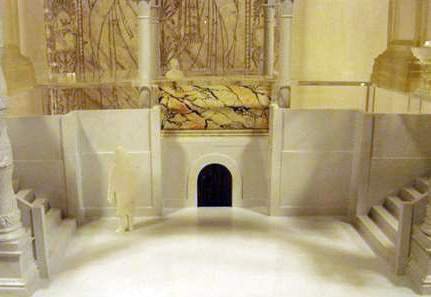Yesterday, I exposited in detail the Catholic doctrine of indulgences — what the Catholic Church actually teaches. Indulgences, of course, were at the heart of Martin Luther‘s criticisms in his Ninety-Five Theses, which sparked the Protestant Reformation in 1517. Today, I will examine Luther’s criticisms, which offer a vivid window into the abusive teachings and practices that had crept into the Church by Luther’s time. I hope in this post, as in my post yesterday, that you will learn something about Protestant and Catholic thought and theology and about the Reformation.
Luther was not the first to attempt to reform the practice of indulgences
In large part, I will allow Luther’s document itself to demonstrate the kinds of abuses that were taking place in the Church of the early sixteenth century — but first it should be noted that Luther was not the first to attempt to reform the practice of indulgences in the Church. The Church had known for centuries that indulgences could be abused and were being abused, and on a number of notable occasions, both popes and councils spoke out to reform them.
One major problem early on was the granting of excessive indulgences. When something invisible and intangible is being offered for free, it is easy to see how this could happen: In his exuberance, a bishop could declare a very lengthy indulgence (that is, in the length of penance being remitted); or conceivably prelates of various churches might even have become embroiled in “price wars” over the lengths of their indulgences, in competition to draw pilgrims. In 1215, the Fourth Lateran Council urged moderation (Canon 62):
Because the keys of the church are brought into contempt and satisfaction through penance loses its force through indiscriminate and excessive indulgences, which certain prelates of churches do not fear to grant, we therefore decree that when a basilica is dedicated, the indulgence shall not be for more than one year, whether it is dedicated by one bishop or by more than one, and for the anniversary of the dedication the remission of penances imposed is not to exceed forty days. We order that the letters of indulgence, which are granted for various reasons at different times, are to fix this number of days, since the Roman pontiff himself, who possesses the plenitude of power, is accustomed to observe this moderation in such things.
Over the next few centuries, right up to the time of the Reformation, a number of other efforts were made to reform indulgences (Indulgences in Catholic Encyclopedia):
- 1268 – Pope Clement IV forbade the modification by local prelates of indulgences already granted to Dominicans and Franciscans.
- 1317 – Council of Ravenna again restricted length of indulgences to forty days.
- 1330 – Pope John XXII arrested and imprisoned all brothers of the Hospital of Haut-Pas for falsely asserting that their letters of indulgence offered more indulgences than had been granted to the order.
- 1392 – Pope Boniface IX, in letter to Bishop of Ferrara, condemned the sale of indulgences, and claims by religious to be able to pardon sins and guarantee salvation and prosperity in exchange for money.
- 1420 – Pope Martin V reprimanded Archbishop of Canterbury for offering unapproved plenary indulgence for a Jubilee pilgrimage.
- 1450 – Cardinal Nicholas of Cusa, at Council of Magdeburg, condemned preachers who taught that indulgences could remit the guilt of sin as well as the temporal punishment.
- 1478 – Pope Sixtus IV restricted powers to grant indulgences from a large number of confessors who had been giving them not to promote virtue, but to condone vice.
(Bear in mind that all of these references come from a single source, which has a clear bias in defense of the Catholic Church — though I confirmed the accuracy of several of the statements independently.)
In short, the Church was aware that there were ongoing abuses for a very long time, and always had the power to correct those abuses.
Luther was not initially opposed to the doctrine of indulgences
It is common wisdom among Protestants that Martin Luther fought against indulgences. But the whole truth is that at least initially, in his Ninety-Five Theses, Luther had no dispute with the doctrine of indulgences per se, much less with the doctrine of Purgatory. He was opposed only to the abuses of those doctrines. Prior to the Reformation, Luther was a Roman Catholic priest and theologian, and a brother in the Augustinian order. The Church had taught the doctrines of indulgences and Purgatory for nearly 1,500 years; and Luther, trained in Catholic doctrine and theology, initially supported the whole Catholic tradition.
I would love to go through all ninety-five of Luther’s theses and provide a running commentary, but for the sake of brevity I’ll give only a few illustrative examples. I encourage any one of you who’s interested to read the whole document — it’s not that long.
The great majority of Luther’s ninety-five theses relate to the doctrines of Purgatory and indulgences; but not once in any of them does he directly challenge the validity of the doctrines themselves. He exposes and challenges abuses of the doctrines, but implicitly acknowledges a proper teaching of them.
For example, in support of indulgences, he writes:
71. Let him be anathema and accursed who denies the apostolic character of the indulgences.
72. On the other hand, let him be blessed who is on his guard against the wantonness and license of the pardon-merchant’s words.
Indulgences are an apostolic teaching. This sounds more like something I would have expected to hear from the Council of Trent. Concerning abuses of the doctrine, however, he writes:
26. The pope does excellently when he grants remission to the souls in Purgatory on account of intercessions made on their behalf, and not by the power of the keys (which he cannot exercise for them).
27. There is no divine authority for preaching that the soul flies out of the Purgatory immediately when the money clinks in the bottom of the chest.
28. It is certainly possible that when the money clinks in the bottom of the chest avarice and greed increase; but when the church offers intercession, all depends in the will of God.
Luther’s criticism, immediately, has to do with the granting of indulgences to living persons on behalf of the dead in Purgatory — especially with the sale of such indulgences, the granting of the indulgence for a monetary exchange and not a good work. In these theses, Luther is especially attacking the teachings of Johann Tetzel, the Dominican preacher and seller of indulgences who is reported to have said, “As soon as a coin in the coffer rings / the soul from purgatory springs.” According to historian Ludwig von Pastor, this doctrine had already been rejected by theologians at the University of Paris in 1482, and again in 1518. It had also been condemned by the prominent theologian Thomas Cardinal Cajetan — who became a major opponent of Luther. (Von pastor gives a detailed and surprisingly fair-minded account of Tetzel, Luther, and the beginning of the Reformation in his History of the Popes, vol. 7 [1908], 347-350, ff.)
32. All those who believe themselves certain of their own salvation by means of letters of indulgence, will be eternally damned, together with their teachers.
33. We should be most carefully on our guard against those who say that the papal indulgences are an inestimable divine gift, and that a man is reconciled to God by them.
34. For the grace conveyed by these indulgences relates simply to the penalties of the sacramental ‘satisfactions’ decreed merely by man.
These arguments mark some of the other false teachings that seem to have been spreading through the Church. According to the proper teaching of the doctrine, indulgences do not reconcile man to God; they cannot guarantee anyone’s salvation. These “satisfactions” he refers to are penances, the works one must undergo to satisfy the temporal punishments of a sin.
36. Any Christian whatsoever, who is truly repentant, enjoys plenary remission from penalty and guilt, and this is given him without letters of indulgence.
37. Any true Christian whatsoever, living or dead, participates in all the benefits of Christ and the Church; and this participation is granted to him by God without letters of indulgence.
38. Yet the pope’s remission and dispensation are in no way to be despised, for, as already said, they proclaim the divine remission.
This — especially 36 and 37 — begins to sound more like familiar Protestant theology, in opposition to works. But the key even here is “truly repentant” — a Christian with true, complete contrition is only then properly disposed for the remission of sin.
39. It is very difficult, even for the most learned theologians, to extol to the people the great bounty contained in the indulgences, while, at the same time, praising contrition as a virtue.
40. A truly contrite sinner seeks out, and loves to pay, the penalties of his sins; whereas the very multitude of indulgences dulls men’s consciences, and tends to make them hate the penalties.
41. Papal indulgences should only be preached with caution, lest people gain a wrong understanding, and think that they are preferable to other good works: those of love.
In teaching, it seems, the purchase of indulgences was being overemphasized, to the detriment of seeking true contrition for one’s sins or the practice of good works of charity or mercy.
53. Those are enemies of Christ and the pope who forbid the word of God to be preached at all in some churches, in order that indulgences may be preached in others.
54. The word of God suffers injury if, in the same sermon, an equal or longer time is devoted to indulgences than to that word.
55. The pope cannot help taking the view that if indulgences (very small matters) are celebrated by one bell, one pageant, or one ceremony, the gospel (a very great matter) should be preached to the accompaniment of a hundred bells, a hundred processions, a hundred ceremonies.
Indulgences, it seems, were being so overemphasized in some places as to completion overshadow the preaching of the Gospel.
47. Christians should be taught that they purchase indulgences voluntarily, and are not under obligation to do so.
They weren’t obligated to buy them — indulgences were not necessary for penance or salvation — but apparently some were teaching this.
49. Christians should be taught that the pope’s indulgences are useful only if one does not rely on them, but most harmful if one loses the fear of God through them.
This error seems to have been taking root for a while. The overemphasis of indulgences seems to have been giving some the idea that they could escape all the consequences of sin by purchasing an indulgence, and need not fear God at all or seek holy behavior. This seems a little ironic in light of the path modern evangelical thought has taken.
81. This unbridled preaching of indulgences makes it difficult for learned men to guard the respect due to the pope against false accusations, or at least from the keen criticisms of the laity.
Luther, at this point, was still inclined to defend the pope from accusations and criticisms. He did not want or intend a schism with the pope or the Church.
Luther’s later views, and the Protestant Reformation
I am not a Luther scholar or a scholar of the Reformation; so I confess that I feel a little lost in this sea I’ve paddled out into. But, if I wanted to learn to navigate it, I guess I did the right thing by rowing out here. I know I have a couple of Lutheran friends out there in my circle — I would appreciate your input.
Luther eventually rejected Purgatory, indulgences, and the whole Catholic shebang. I don’t know the chronology of this, but presumably this happened gradually as he translated the Bible and eventually arrived at a conception of sola scriptura. His opposition to the Catholic Church, I presume, was aggravated by the Church’s condemnation of him.
But the point of this message, however feeble it has turned out to be, is that Luther didn’t initially oppose Purgatory or indulgences. The champion of Protestantism didn’t leap from the pages of Scripture fully grown and prepared for battle; his views had to develop over time. Luther had to put his pants on one leg at a time, too.
I would like to study and acquire a better understanding of the Reformation. I would like to get to the bottom of the disputes between the Reformers and the Church, and how they arose. Because I think only in understanding our origins is there any hope of reconciliation. Luther wasn’t the first to attempt to reform the Church. Voices in the Church were already trying to reform the practice of indulgences. Why did his protests elicit the response from the Church they did? Why did his complaints, initially intended for discussion and correction, explode into the Protestant Reformation?
For my next post, I intend to look at the Council of Trent and its response to Luther.



